Optimizing on-page SEO strategies for e-commerce sites is key to driving conversions and boosting sales. This includes compelling meta titles, keyword-rich product descriptions, dynamic URL structures, refined visual elements like high-quality images and videos, and mobile-first design for seamless user experience. Effective implementation enhances search visibility, click-through rates, and organic traffic, keeping e-commerce sites competitive in the digital era.
In the competitive realm of e-commerce, optimizing product pages is vital to boosting conversion rates. This article explores five powerful on-page SEO strategies that can fix common issues and drive sales. From analyzing essential elements for SEO gaps to enhancing visuals and implementing effective call-to-actions, these tactics ensure your product pages resonate with users and search engines alike. Discover how streamlining mobile experiences and leveraging Schema Markup can elevate your e-commerce site’s visibility in today’s digital landscape.
- Analyze On-Page Elements for SEO Gaps
- Optimize Product Titles and Descriptions
- Enhance Visuals for Better Engagement
- Implement Effective Call-to-Actions (CTAs)
- Streamline Mobile User Experience
- Utilize Schema Markup for Enhanced Visibility
Analyze On-Page Elements for SEO Gaps
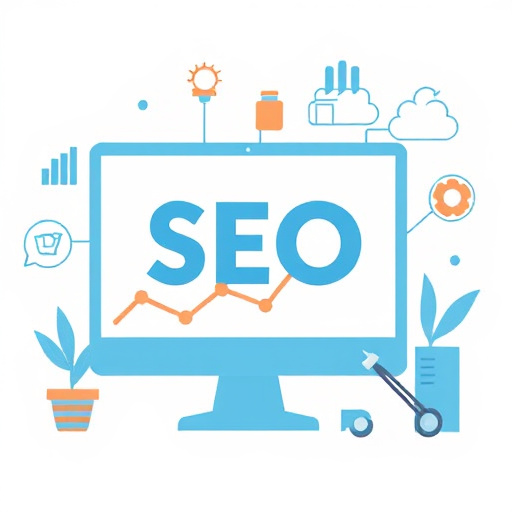
Optimizing product pages for better conversion rates begins with a thorough analysis of on-page elements for SEO gaps. E-commerce sites must leverage effective on-page SEO strategies to ensure their product information is not only compelling but also optimized for search engines. This involves scrutinizing key components like meta titles, descriptions, and headers to make sure they are tailored to target keywords relevant to your products or services. Implementing schema markup for enhanced search results e-commerce can significantly improve visibility, as it provides search engines with structured data about your offerings. By addressing low search ranking issues e-commerce through these means, you enhance the likelihood of appearing in higher positions on search result pages, thereby driving more traffic and potential conversions.
Furthermore, focusing on the art of writing effective URL structures e-commerce anytime can make a notable difference. Clean, descriptive URLs not only aid visitors but also search algorithms in understanding what your page is about. This, coupled with consistent keyword usage throughout the content, can solve how to rank higher in search results e-commerce platform challenges. Remember that each element on your product pages plays a role in user experience and SEO performance; ensuring they work harmoniously is crucial for maximizing conversion rates.
Optimize Product Titles and Descriptions
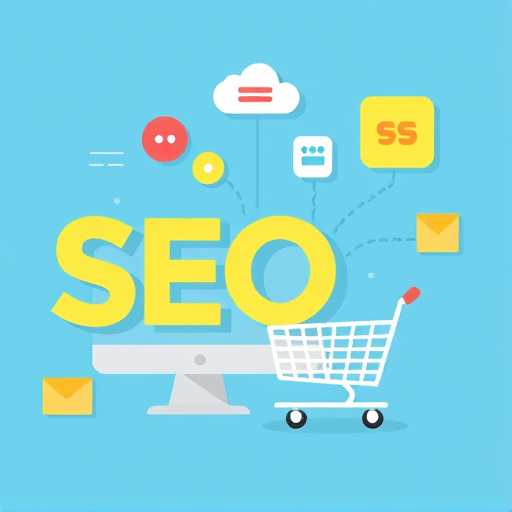
Optimizing product titles and descriptions is a powerful on-page SEO strategy for any e-commerce site looking to boost conversion rates. Crafting compelling meta titles and detailed, keyword-rich content not only aids search engine visibility but also guides potential customers, offering them a clear understanding of what they can expect from the product. When done effectively, this strategy attracts the right audience, increases click-through rates, and improves overall user experience.
The art of writing effective URL structures is another key aspect often overlooked. URLs should be concise, descriptive, and contain relevant keywords to ensure both search engines and customers understand the page’s content. For instance, instead of a generic “page/product” structure, consider using dynamic URLs that include product names, categories, and unique identifiers. This not only aids SEO but also enhances the site’s navigation, encouraging visitors to explore and ultimately convert. Remember, how you present your products online significantly influences their discoverability and sales potential; so, keep refining these strategies to give your e-commerce platform an edge in ranking higher in search results. And if you’re unsure where to start, give us a call at comparing SEO tools for e-commerce businesses; we’re here to help.
Enhance Visuals for Better Engagement
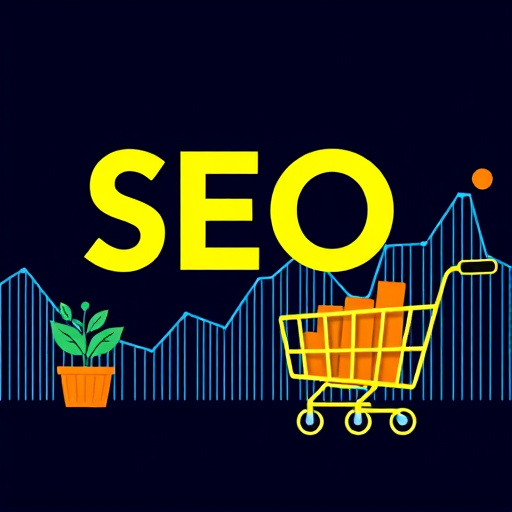
To enhance visual elements on product pages is to instantly boost engagement and conversion rates for any e-commerce site. High-quality, relevant images that showcase products from multiple angles can significantly impact a customer’s purchasing decision, especially when shopping online where they lack physical interaction. Using on-page SEO strategies tailored for e-commerce involves optimizing image file names, alt tags, and captions with targeting long-tail keywords in e-commerce to enhance discoverability through search engines. This, coupled with best practices for on-page SEO shopping sites, ensures that product pages not only rank higher but also offer a visually appealing experience that encourages clicks and sales.
Visual content shouldn’t stop at images; incorporating videos can further engage customers by providing a more dynamic presentation of the product. By understanding customer intent behind search queries e-commerce, brands can tailor their visuals to resonate with their target audience’s preferences, thereby increasing organic traffic to their digital storefront. Enhancing these on-page elements not only improves user experience but also aligns with current trends in digital marketing, ensuring that shopping sites stay competitive and relevant in today’s fast-paced online environment.
Implement Effective Call-to-Actions (CTAs)
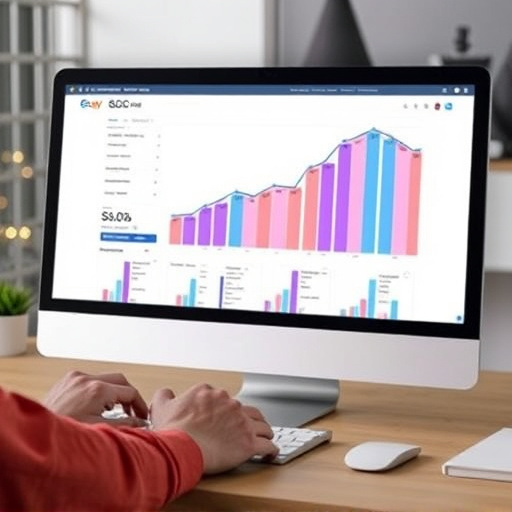
Streamline Mobile User Experience
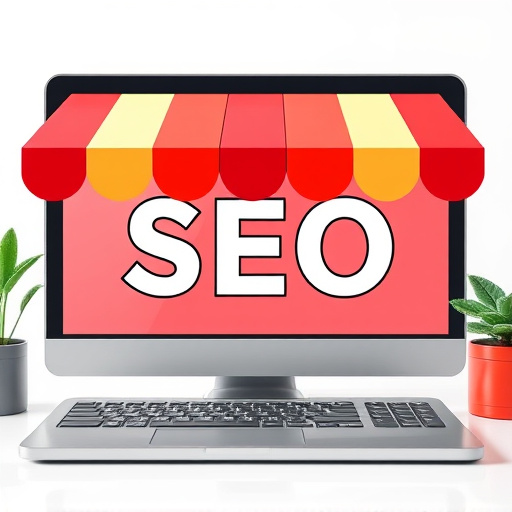
In today’s digital era, e-commerce sites must prioritize an exceptional mobile user experience to drive conversions. With a vast majority of online shoppers using smartphones and tablets, optimizing product pages for mobile is crucial. Streamline the checkout process, ensuring fast loading times and a responsive design that adapts seamlessly to different screen sizes. Simplify navigation by implementing intuitive menus and search functions, allowing users to find products effortlessly. Personalize content tailored to mobile users’ preferences and browsing history, creating a sense of engagement and urgency to encourage purchases. On-page SEO strategies for e-commerce sites should focus on these elements to enhance the overall user experience and, consequently, boost conversion rates.
Integrating how to personalize content for better engagement e-tail into your product pages can significantly improve customer interactions. Compare various SEO tools for e-commerce businesses to identify the best fit for analyzing mobile traffic and optimizing content. By understanding user behavior, you can adjust on-page elements like meta titles, descriptions, and headers to increase organic traffic to your digital storefront. Remember that providing a seamless and personalized shopping journey is key to converting mobile visitors into loyal customers. Give us a call at SEO tips for product listings online to learn more about enhancing your e-commerce site’s performance.
Utilize Schema Markup for Enhanced Visibility
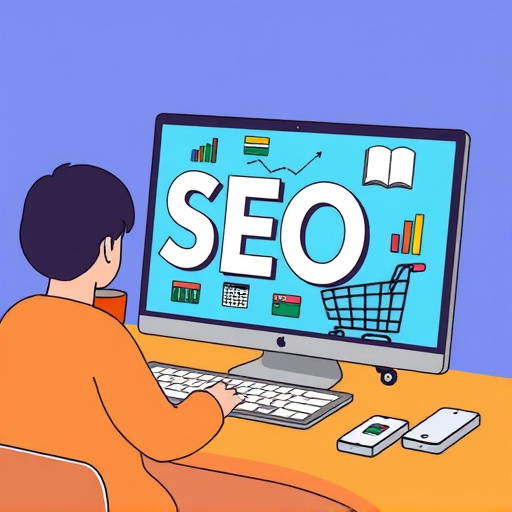
Implementing Schema Markup is an essential on-page SEO strategy for e-commerce sites aiming to boost conversion rates. By utilizing structured data, you provide search engines with a clearer understanding of your product pages’ content, leading to enhanced visibility in search results. This simple yet powerful technique allows you to highlight key elements such as product names, descriptions, prices, and reviews, making your listings more appealing and trustworthy. For instance, Schema Markup can ensure that your e-commerce site stands out with rich snippets, featuring star ratings, pricing, and even local business information, thus capturing the attention of potential customers.
When optimizing product pages for improved conversion rates, keeping the customer’s intent behind search queries in mind is paramount. On-page SEO strategies should align with what users are genuinely seeking. For e-commerce, this means crafting meta titles and descriptions that accurately reflect product offerings while incorporating relevant keywords naturally. Effective meta descriptions, for instance, can guide customers towards specific products by communicating key benefits and features, ultimately guiding them to a seamless purchase decision. Additionally, best practices for meta tags, including keyword optimization, ensure that your e-commerce site is not only discovered but also presents the most compelling reasons for potential buyers to convert.
